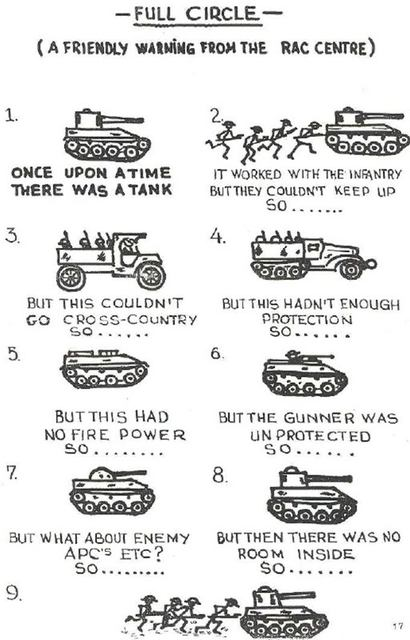

We characterize the contemporary Russian model for propaganda as “the firehose of falsehood” because of two of its distinctive features: high numbers of channels and messages and a shameless willingness to disseminate partial truths or outright fictions. Distinctive Features of the Contemporary Model for Russian Propaganda Its tools and channels now include the Internet, social media, and the evolving landscape of professional and amateur journalism and media outlets. Russia has taken advantage of technology and available media in ways that would have been inconceivable during the Cold War.

1 In other ways, it is completely new and driven by the characteristics of the contemporary information environment. In some ways, the current Russian approach to propaganda builds on Soviet Cold War–era techniques, with an emphasis on obfuscation and on getting targets to act in the interests of the propagandist without realizing that they have done so. It continues to be demonstrated in support of ongoing conflicts in Ukraine and Syria and in pursuit of nefarious and long-term goals in Russia's “near abroad” and against NATO allies. This new approach was on full display during the country's 2014 annexation of the Crimean peninsula. Since its 2008 incursion into Georgia (if not before), there has been a remarkable evolution in Russia's approach to propaganda. Russian President Vladimir Putin speaks with journalists after a live broadcast nationwide call-in, Moscow, April 14, 2016


 0 kommentar(er)
0 kommentar(er)
